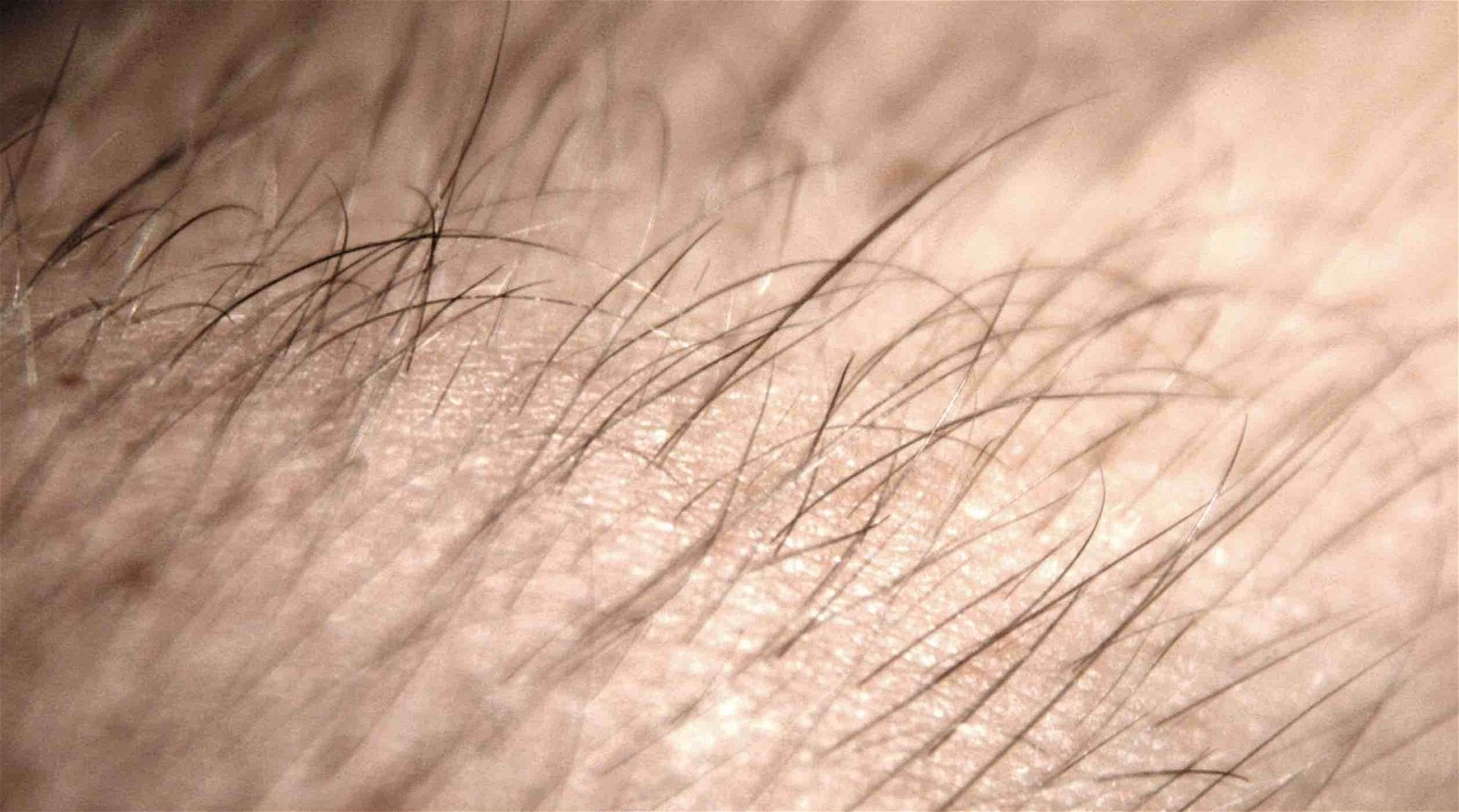A hidden mechanism that allows humans to feel touch sensations without direct contact with the skin has been discovered by researchers, according to new findings that reveal a previously unknown human sense capability in the functions of cells within hair follicles.
The findings, made by a team of researchers at Imperial College London, expand our previous ideas about how humans perceive touch.
It was previously thought that touch could only be detected through the nerve endings present within the skin on most animals. However, the new findings show that the tiny structures surrounding each individual hair fiber on mammals, known as hair follicles, are also capable of sensing touch.
According to the team’s research, substances known as neurotransmitters are released by cells located on hair follicles in response to touch. The specific substances released are histamine, a compound normally released in response to injury and inflammatory reactions, and serotonin, a neurotransmitter known to possess more complex biological functions that help to govern everything from cognition, memory, and mood to a range of other processes that include the constriction of blood vessels.
The discovery of the role these neurotransmitters play in touch could help researchers to better understand the way substances like histamine function in relation to inflammatory skin diseases and other similar conditions.
Clare Higgins, Ph.D., a researcher with Imperial College London’s Department of Bioengineering, called the new findings “surprising,” since it remains unknown why hair follicle cells can sense touch.
Higgins, who is the lead author of a new paper describing the research, said in a statement that she and her team “now want to determine if the hair follicle is activating specific types of sensory nerves for an unknown but unique mechanism.”
Initially, Higgins and the team had hypothesized that the outer root sheath cells on hair follicles might effectively function “as transducers of mechanical stimuli to sensory neurons surrounding the hair follicle.” The team tested this using electrochemical analysis techniques on human hair follicle samples, which revealed that neurotransmitters were released, along with the compound adenosine triphosphate (ATP) in response to mechanical stimulation.
The team also employed calcium imaging, at technique that allows researchers to microscopically measure the calcium status present in isolated samples of cells or other mediums. Combining the technique with pharmacological techniques “in a coculture of outer root sheath cells with sensory neurons,” the team discovered that following stimulation of the follicles, the release of neurotransmitters “leads to activation of sensory neurons.”
The presence of these neurotransmitters was determined during the study with the help of a technique called fast scan cyclic voltammetry, the researchers said.
“Fast scan cyclic voltammetry allowed us to see the effect of touch on these cells in real time,” said Parastoo Hashemi, Ph.D., an expert in fast scan cyclic voltammetry also from Imperial’s the Department of Bioengineering, and a co-author of the recent study describing the research.
“It’s an exciting finding,” Hashemi says, “as it opens up so many more questions for these cells: why do they have this role, and what else can we learn from them about how our skin senses touch?”
In additional experiments, skin cells were also found to release histamine, but not serotonin, when stimulated in a fashion similar to the hair follicles in previous experiments.
“This is interesting as histamine in the skin contributes to inflammatory skin conditions such as eczema, and it has always been presumed that immune cells called mast cells release all the histamine,” Higgins explained.
“Our work uncovers a new role for skin cells in the release of histamine, with potential applications for eczema research,” Higgins added.
Higgins, Hashemi, and the team’s new study, “Mechanical stimulation of human hair follicle outer root sheath cultures activates adjacent sensory neurons” appeared in Science Advances on October 27, 2023.

